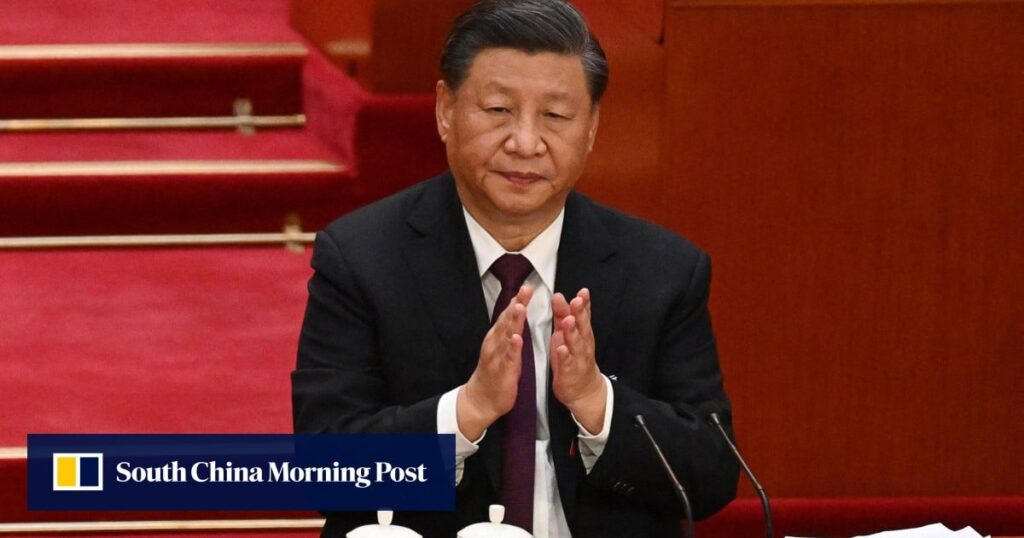China’s Economic Outlook and Xi Jinping’s Vision for Reform
China, the world’s second-largest economy, has recently reported weaker-than-expected growth figures for the first half of the year. This economic slowdown has led prominent investment banks, including Goldman Sachs, to revise down their annual growth forecasts for the country. Amid these economic challenges, Chinese President Xi Jinping has amplified calls for self-confidence and self-reliance through key publications and official messaging.
Xi’s Rallying Cry for Self-Reliance
On the same day the disappointing economic data was released, Qiushi, the Chinese Communist Party’s (CCP) leading theoretical journal, published a significant article by President Xi. Entitled “Maintaining Self-Confidence and Self-Reliance,” the piece is a clarion call for party members to remain steadfast in their faith and commitment to China’s development path. Xi emphasized that there is no foreign blueprint for China’s unique set of challenges. He cited past resilience to counter the "China collapse theory," asserting that China’s development prospects remain bright.
In his writings, Xi underlined that China’s future growth would focus on technology, advanced manufacturing, and other critical sectors. This approach, while differing from Western concepts of economic reform that emphasize market liberalization, reflects Xi’s vision of bolstering the CCP’s governance capabilities and achieving China’s "great rejuvenation."
No Major Directional Shifts Expected
Multiple articles from state media, including one by the official news agency Xinhua, have echoed the sentiment that Beijing will remain committed to its established development strategy. These pieces have portrayed Xi as a "thoroughbred reformer," drawing comparisons to former leader Deng Xiaoping, who was instrumental in opening China’s economy decades ago. Despite the contrasting historical contexts between Deng and Xi, the narrative consistently highlights Xi’s ongoing commitment to reform while acknowledging the different challenges each leader faced.
Xinhua noted that Xi has chaired 72 meetings focused on reform since assuming power in 2013, further underscoring his direct involvement in steering China’s economic policies. This robust endorsement from official channels suggests there will be no significant directional shifts in policy, but rather a continuation of the current strategy aimed at technological advancement and manufacturing prowess.
Managing Public Expectations Amid Economic Slowdown
The weaker-than-expected economic figures have not gone unnoticed among the Chinese public. Analysts like Deng Yuwen, a former deputy editor of Study Times, the Central Party School’s official newspaper, have cautioned that the CCP must remain attuned to public sentiment. As economic growth slows, many Chinese citizens are seeking greater upward mobility, fairer job opportunities, and fundamental necessities like food safety.
The CCP must navigate these complexities carefully to maintain public trust and support. The Chinese government faces the dual challenge of implementing Xi’s long-term vision for economic and technological advancement while also addressing immediate public concerns exacerbated by the recent economic downturn.
Conclusion
As China faces weaker-than-anticipated economic growth, President Xi Jinping’s call for self-reliance and unwavering commitment to the nation’s development path serves as a rallying cry for the CCP. Despite the economic challenges, Beijing appears determined to stick to its existing strategies focusing on technology and advanced manufacturing. The Chinese leadership’s messaging suggests stability and continuity rather than abrupt changes in policy direction, even as public expectations continue to evolve in light of economic realities.
For more information, visit the official website of Xinhua.
